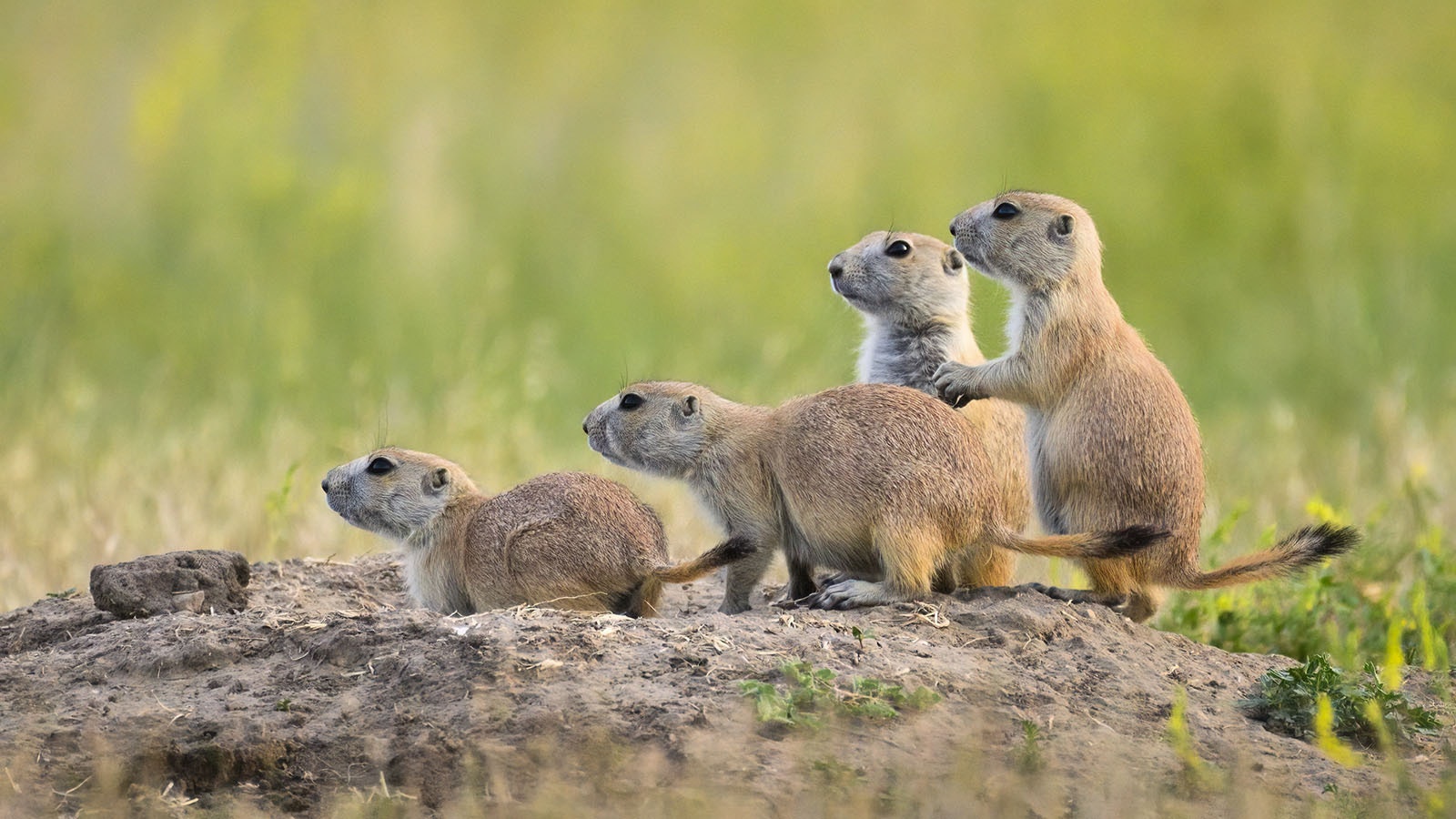For a guy who goes by “Mountain King” online, Robert Lester finds it a bit “crazy” that he’s become known for canoeing — and particularly since he’s set foot in a canoe only once since an epic 52-day canoe trip in 2023.
Then again, once Lester had mapped out the logistics and secured a canoe sponsor, it would have been crazy not to attempt an adventure of a lifetime. That adventure saw Lester and his cousin traverse five waterways from the Continental Divide near Butte, Montana, to the Pacific Ocean, documenting the journey for a documentary, “The Columbia River Canoe Project.”
“It is really interesting to be known as a canoer, because I know there are a lot crazier canoers out there,” Lester said. “But this has been the largest expedition of my life and one of my greatest accomplishments — not just the trip but also getting this film together — and I’m really so honored.”
‘Take a Chance on Me’
Growing up in Butte, Lester sought out adventure in the mountains rather than on flatter ground (or water). By early adulthood, Lester had racked up accomplishments as a mountaineer and skier, documenting some of his feats with the help of friends.
Whenever he grew bored during a physics lecture at Montana State University, Lester would sketch out skiing or climbing trips, but having exhausted ideas, he one day considered a different type of adventure he’d wanted to do since childhood: Using the interconnected river system of the western U.S. as a highway to travel to the ocean.
By the time the lecture ended, Lester had the makings of a plan even if he didn’t necessarily plan to pursue it. A while later, Lester was talking with a friend who is quadriplegic and has an “infectious positive attitude” and mentioned the idea of the coastal expedition by canoe.
“He just lit up and said, ‘Man, you got to do that,’” Lester recalled. “For me, that meant I really had to do it.”
The next day, Lester emailed every canoe maker in the country, laying out his plans for the expedition and documentary. Even though he didn’t have much to show in terms of prior canoeing experience, Lester’s request was simple: “Take a chance on me.”
Navarro Canoe Co., based in Rock Island, Illinois, took that chance, and offered up a 17-foot Ruby Red Oberholtzer Navarro canoe. By October 2022, the adventure was on.
Cousin as Co-Pilot
As the trailer for the 70-minute, award-winning documentary alludes to, an adventure of a lifetime is bound to be life-changing if, at times, fraught. While the film details some of the drama along the way — think: whitewater rapids and a nasty case of trench foot — it was what happened before Lester ever dipped a paddle in the water that really rocked the boat.
Only a few weeks before his planned departure in mid-May 2023, Lester learned that the two buddies he’d banked on joining him to the Pacific Ocean couldn’t make it after all.
That’s when Lester’s cousin, Braxton Mitchell, came into the picture. Mitchell had just graduated from high school — “the kid’s never been on any adventure before,” as Lester put it — but he was game to come along, and that was qualification enough.
Mitchell’s involvement, Lester said, gave the film a whole other, inspirational quality. In addition to detailing their journey and the ecological issues facing the Columbia River Watershed, the film is a coming-of-age story of sorts.
“That was really something that was unpredictable, but incredibly fortunate,” Lester added.
That unpredictable-yet-fortunate combination is apt for most everything associated with the project. Thanks to the four filmmaker friends who trailed along following the cousins, who were 25 and 18 at the time, viewers feel like they’re along for a ride that might have tested people far more experienced; Mitchell had never been in a canoe before, and Lester said his experience wasn’t much to tout, either.
By virtue of editing the documentary and now attending film festivals around the country, where the film has racked up award after award, Lester has revisited that journey hundreds of times. But he also gets to appreciate it anew through the eyes of viewers.
And, it seems, not everyone is confident that the cousins will make it to the Pacific Ocean.
“There’s both this sense that people are really excited we made it and relieved,” Lester said. “The audience seems to love this chaos of us making it to the end.”
An Undercurrent of Inspiration
Making it to the end meant obliging by a self-prescribed rule: The cousins only relied on the canoe or their feet. They portaged more than 175 miles, including 24 miles one day, carrying the canoe in the early summer heat and turning down offers of rides from curious passerby.
The cousins started on Silver Bow Creek near Butte which took them to the Clark Fork River, then Lake Pend Oreille, then Pend Oreille River, the Columbia River and, finally, to the Pacific Ocean. They passed through cities like Missoula and Portland, as well as some very remote parts of the country.
For someone who has long gravitated to the mountains, Lester was impressed by the views he got to appreciate from his seat in the canoe. “I was blown away by how much beauty was around every corner.”
Lester has likewise been blown away by how well-received the documentary has been by audiences and film festival judges across the country.
“We made this film, but I never dreamed it would ever have the incredible reception it has,” Lester said. “People are so excited about the trip.”
What seems to resonate, Lester said, is an undercurrent of inspiration that runs throughout the entire project — from the friend who inspired him to chase a childhood dream to the people who come up after a screening to recount their own adventures to those people who may leave a theater feeling a bit more inspired than when they arrived.
The Journey Continues
Even though the expedition ended almost two years ago, the journey continues. While Lester said he doesn’t have “a great answer” to an oft-asked question of what’s next, for now he’s focused on the film.
Since the documentary first premiered in Butte in August, Lester has been learning as he goes, something he’s well-versed in now, including how to promote the documentary, arrange showings and enter film festivals.
Details about upcoming screenings can be found online. The film will make its Wyoming debut at the Center for the Arts in Jackson Hole on June 9.
Longer-term, Lester's goal is to sell the documentary so it can be made available through a streaming service.
The turn his life has taken in recent years is still a bit surreal for Lester. He never thought the film would play in more than a handful of theaters, let alone take him all across the country for screenings and film festivals.
“I'm really lucky to live an outdoor life and to get to tell these stories,” Lester said.














